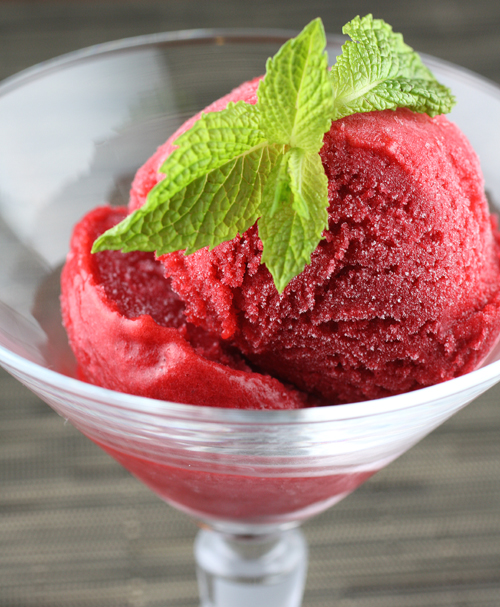TECHNIQUES IN CHOCOLATE
June 24, 2013
This week is finals and our chocolate class has come to a close. I loved this class and the chef instructor was awesome.
For chocolate finals we started the practical test today. Our task was to created a chocolate chef with the same team that we had on plated desserts with last week. We worked on completing the structural elements to build the chef today.
 |
| Partial structural chocolate elements to build chocolate chef |
I completed the chef hat at home using modeling chocolate along with some other miscellaneous accessories as we did not have time to complete in the kitchen today.
 |
| Chef hat made from modeling chocolate |
One of the other team members completed the face using modeling chocolate which also was too large of a task to complete during class.
.JPG) |
| Chef face made from modeling chocolate |







.JPG)











































